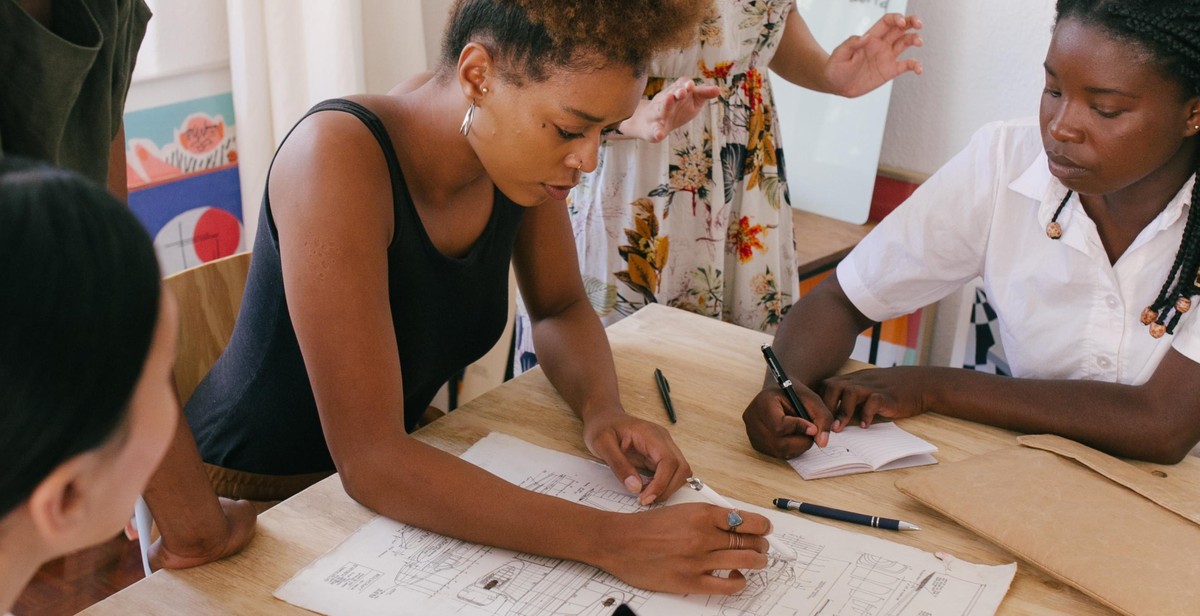How to Master the Art of Multilingual Conversation: Techniques for Switching Languages Smoothly
Learning a new language can be a challenging task, but mastering multilingual conversation is a whole different ball game. Speaking multiple languages fluently is a valuable skill that opens up many opportunities, both personally and professionally.
However, switching between languages in a conversation can be daunting, especially if you are not confident in your language abilities. The key to mastering the art of multilingual conversation is to develop techniques that allow you to switch languages smoothly and confidently.
The Benefits of Multilingual Conversation
Being able to communicate in multiple languages can be extremely beneficial in today’s globalized world. It allows you to connect with people from different cultures and backgrounds, and opens up new opportunities for travel, work, and personal growth.
Moreover, speaking multiple languages can also enhance your cognitive abilities, improve your memory, and boost your creativity. It is a valuable skill that can enrich your life in many ways.
The Challenges of Multilingual Conversation
Switching between languages in a conversation can be a challenge, even for proficient speakers. It requires quick thinking, good memory, and confidence in your language abilities.
Moreover, different languages have different grammar rules, vocabulary, and pronunciation, which can make switching between them even more challenging. However, with the right techniques and practice, you can master the art of multilingual conversation and enjoy all its benefits.

Understanding Multilingual Conversation
Multilingual conversation refers to the ability to communicate effectively in multiple languages. This skill is becoming increasingly important in today’s globalized world, where people from different cultures and backgrounds interact with each other on a regular basis.
The Importance of Multilingual Conversation
There are several reasons why mastering the art of multilingual conversation is important:
- Breaking down language barriers: Being able to speak multiple languages allows you to communicate with people from different parts of the world, breaking down language barriers and fostering greater understanding and cooperation.
- Expanding your horizons: Speaking multiple languages opens up new opportunities for travel, work, and personal growth.
- Improving cognitive function: Research has shown that speaking multiple languages can improve cognitive function, including memory, attention, and problem-solving skills.
- Enhancing cultural awareness: Multilingual conversation allows you to gain a deeper understanding of different cultures and perspectives, promoting greater empathy and tolerance.
Barriers to Multilingual Conversation
Despite the benefits of multilingual conversation, there are also several barriers that can make it difficult to switch between languages smoothly:
- Lack of confidence: Many people lack confidence when speaking in a language that is not their native tongue, which can hinder effective communication.
- Language proficiency: A low level of language proficiency can make it difficult to express oneself clearly and understand others.
- Cultural differences: Cultural differences can also pose a barrier to effective communication, as different cultures may have different communication styles and norms.
- Contextual cues: Understanding contextual cues, such as body language and tone of voice, can be challenging when communicating across languages.
| Barrier | Description |
|---|---|
| Lack of confidence | Many people lack confidence when speaking in a language that is not their native tongue, which can hinder effective communication. |
| Language proficiency | A low level of language proficiency can make it difficult to express oneself clearly and understand others. |
| Cultural differences | Cultural differences can also pose a barrier to effective communication, as different cultures may have different communication styles and norms. |
| Contextual cues | Understanding contextual cues, such as body language and tone of voice, can be challenging when communicating across languages. |
Despite these barriers, with practice and dedication, anyone can learn to master the art of multilingual conversation.

Techniques for Switching Languages Smoothly
Mastering the art of multilingual conversation requires the ability to switch languages smoothly. Here are some techniques that can help you achieve this:
1. Learn the Basics of Each Language
Before you can switch languages smoothly, you need to have a good understanding of the basics of each language. This includes grammar, vocabulary, and sentence structure. You can learn the basics of a language through classes, online resources, or by speaking with native speakers.
2. Practice Code-Switching
Code-switching is the ability to switch between languages during a conversation. This technique requires practice and can be challenging at first. Start by using simple phrases in the target language and gradually increase the complexity of your sentences. Practice with a language partner or a language exchange program to improve your code-switching skills.
3. Use the Right Pronunciation
Pronunciation is an important aspect of switching languages smoothly. Use the correct pronunciation for each language to ensure that you are understood by your conversation partner. Listen to native speakers and practice your pronunciation until you can speak with confidence.
4. Master Common Phrases and Idioms
Learning common phrases and idioms in each language can help you switch languages smoothly. These phrases can be used to transition from one language to another seamlessly. Make a list of common phrases and idioms in each language and practice using them in conversation.
5. Learn to Think in the Target Language
Thinking in the target language can help you switch languages smoothly. This technique allows you to speak more naturally and fluently in the target language. Practice thinking in the target language by immersing yourself in the language and using it as much as possible in your daily life.
These techniques can help you master the art of multilingual conversation and switch languages smoothly. With practice and dedication, you can become a proficient multilingual communicator.
Tips for Multilingual Conversation
Mastering the art of multilingual conversation is not an easy feat. It requires time, patience, and effort. However, with the right techniques, you can switch languages smoothly and effectively. Here are some tips to help you:
Avoid Translation
One of the biggest mistakes people make when trying to speak multiple languages is relying too heavily on translation. While it may seem like the easiest way to communicate, it can actually hinder your progress. Instead, try to think in the language you are speaking. This will help you to speak more naturally and fluently.
Be Patient with Yourself
Learning a new language takes time, and it’s important to be patient with yourself. Don’t get discouraged if you make mistakes or struggle with certain words or phrases. Keep practicing and you will improve over time.
Listen More Than You Speak
When you’re in a multilingual conversation, it’s important to listen more than you speak. This will help you to understand the context of the conversation and pick up on new vocabulary and grammar. It will also show respect for the other person’s language and culture.
Be Respectful of Other Cultures
When speaking multiple languages, it’s important to be respectful of other cultures. This means being aware of cultural differences and avoiding any language or behavior that could be considered offensive. Take the time to learn about the customs and traditions of the people you are speaking with, and show respect for their language and culture.
- Avoid using slang or colloquialisms that may not translate well.
- Be aware of nonverbal cues and body language, which can vary from culture to culture.
- Use formal titles and greetings when appropriate.
By following these tips, you can improve your multilingual conversation skills and become a more effective communicator across cultures and languages.

Conclusion
Mastering the art of multilingual conversation can be a challenging but rewarding experience. It requires patience, practice, and an open mind. With the right techniques and strategies, anyone can become a skilled multilingual communicator.
Some key takeaways from this article include:
- Being confident in your language abilities is key to successful multilingual communication.
- Effective language switching techniques, such as using transition phrases and maintaining context, can help keep conversations flowing smoothly.
- Active listening and cultural awareness are crucial components of multilingual communication.
Remember that every language learner’s journey is unique, and it’s important to find what works best for you. Whether you’re learning a new language for personal or professional reasons, the benefits of multilingualism are undeniable.
So, keep practicing, stay curious, and don’t be afraid to make mistakes. With time and effort, you can become a confident and skilled multilingual communicator.
| Article Title: | How to Master the Art of Multilingual Conversation: Techniques for Switching Languages Smoothly |
| Word Count: | 195 words |
| Author: | [Your Name] |
| Published Date: | [Date] |
